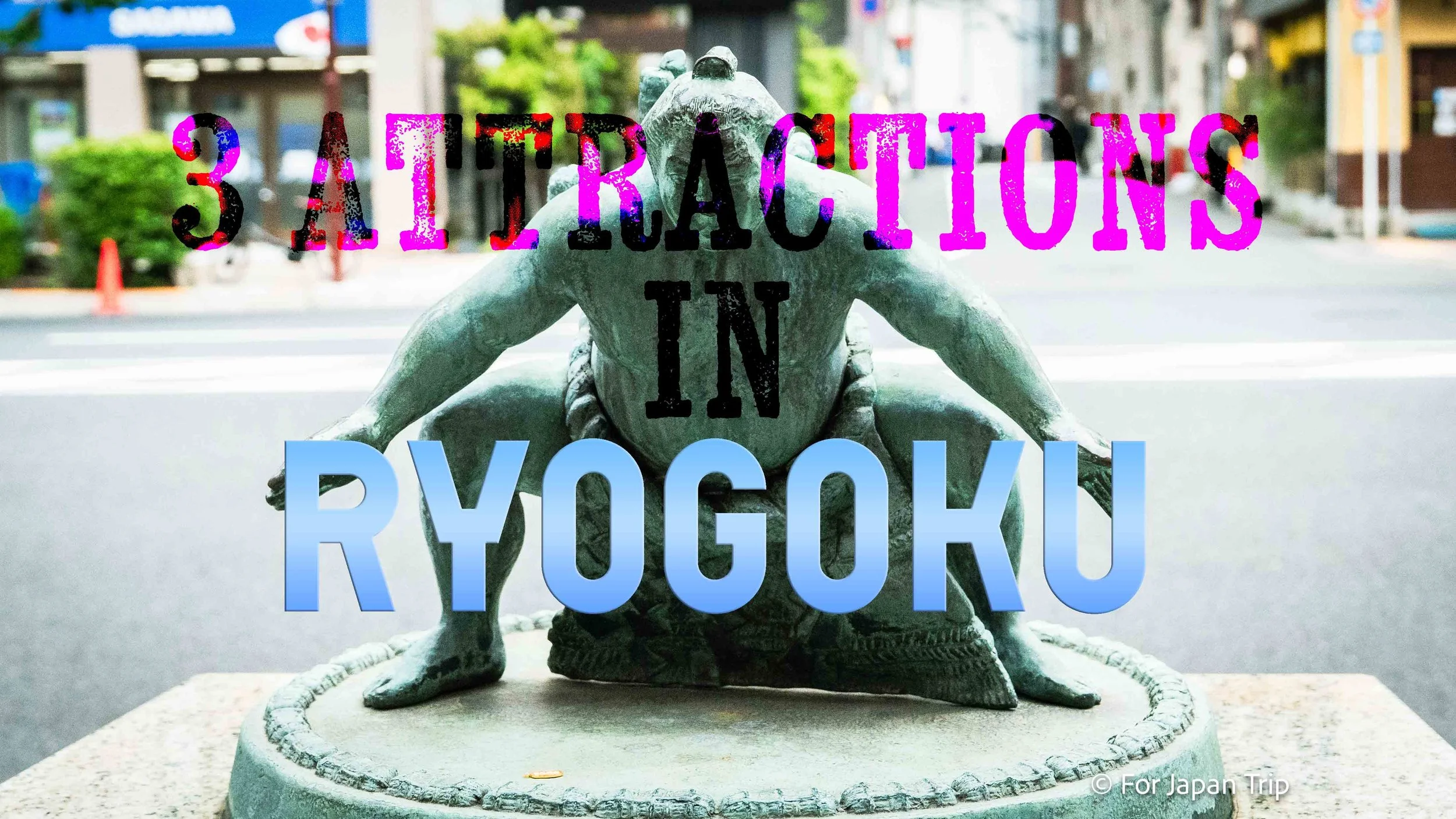Top 3 Attractions in Ogikubo, Tokyo Travel
※updated on August 9 2025
A quick nine-minute ride on the JR Chūō Line Rapid from Shinjuku brings you to an area once known as an upscale villa district where many famous figures lived. Today, in addition to parks that retain traces of its past, Ogikubo has gained fame as one of Tokyo’s most competitive ramen districts. While it may not have major tourist attractions, it’s an unmissable destination for ramen enthusiasts. You can reach the area via the Tokyo Metro Marunouchi Line or by continuing on the JR Chūō Line.
Here, we’ll introduce three recommended spots in the Ogikubo area.
1) Ogikubo Ramen Districts
Among the most popular Japanese dishes for international travelers, ramen holds a special place. Tokyo is home to countless ramen shops, attracting not only tourists but also locals who look forward to enjoying a steaming bowl. From soy sauce–based and salt-based to seafood-flavored varieties, ramen comes in many styles, and each shop has its own unique character—no two bowls are exactly alike.
Ogikubo boasts a rich variety of ramen shops, making it an area that true ramen lovers will want to visit again and again. Around Ogikubo Station, especially near the North Exit, you’ll find a rotary surrounded by numerous ramen restaurants. Just east of the rotary lies a small, narrow shopping street with several ramen shops packed into the short stretch.
Step out of this shopping street and you’ll arrive at the main road, Ōme Kaidō. Head east along this road, and you’ll encounter yakitori stands, tonkatsu restaurants, and izakayas. This neighborhood is a major dining hub for Ogikubo residents—easily accessible and perfect for casual visits. Here, too, you’ll find ramen options such as chūka soba (traditional Chinese-style noodles) that will delight any ramen aficionado.
Along Ōme Kaidō, ramen enthusiasts can explore both long-beloved shops with decades of history and newly opened eateries offering creative flavors. Whether you’re searching for a classic taste or a bold new twist, Ogikubo is the perfect place to find your ideal bowl of ramen.
2) Ogikubo Town Seven - Local Shopping Center
Ogikubo Town Seven is a shopping center directly connected to the North Exit of JR Chūō Line and Tokyo Metro Marunouchi Line Ogikubo Station.
Since its opening in 1971, it has been loved as a central hub for the local community. Spanning from one basement floor to eight floors above ground, the mall hosts a wide variety of stores, including a supermarket, fashion boutiques, lifestyle goods shops, bookstores, and restaurants. On the rooftop, you’ll find a green “Fureai Plaza,” a popular spot with a children’s play area and space to relax. It has long been regarded as a landmark in Ogikubo, cherished by locals from the past to the present.
Given the high foot traffic in front of Ogikubo Station, it’s common to find large-scale shopping centers in such prime locations. Inside, you can find everything from gourmet food to everyday essentials, making it a go-to shopping destination for many residents.
If you’re curious about what Tokyo locals buy in their daily lives, visiting a shopping center like this is highly recommended. And if you find yourself a bit tired during your trip, the cool, air-conditioned interior offers a perfect place to rest and recharge.
3) Amanuma Hachiman Shrine
Amanuma Hachiman Shrine, located about a 7-minute walk from the North Exit of Ogikubo Station, is a historic shrine said to have been founded between 1573 and 1591 as the guardian deity of the former Amanuma Village. On the way from the station to the shrine, you’ll pass Amanuma Hachiman Street, a road that continues to support daily life in the neighborhood.
The enshrined deities are Emperor Ōjin (Honda Wake no Mikoto) and Ichikishima Hime no Mikoto. In the Meiji period, the shrine was merged with Itsukushima Shrine, earning it a reputation as a place of worship for the water deity and a guardian of safe childbirth. Although the grounds are compact, they house several sub-shrines, including Ōshima Shrine, Inari Shrine, and Hie Shrine, allowing visitors to receive blessings in a variety of areas.
In November, the shrine hosts the Tori no Ichi festival, drawing crowds of worshippers seeking kumade rakes and other good luck charms. Despite its proximity to the station, the shrine maintains a calm and serene atmosphere, continuing to be cherished by the local community.
In this way, the Ogikubo area centers around Ogikubo Station, offering a mix of shopping centers, restaurants, and historic shrines. Loved by locals and popular among visitors—especially for its ramen—this is a neighborhood well worth adding to your Tokyo itinerary if you’re traveling for gourmet experiences.
Recommended Area
Popular Area






